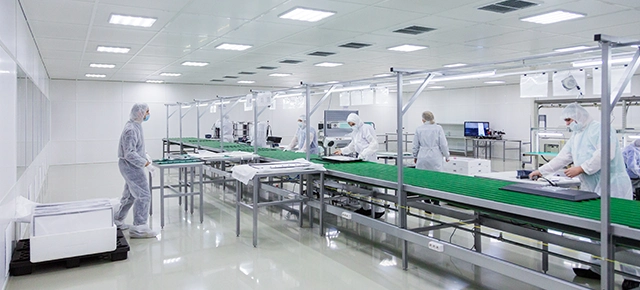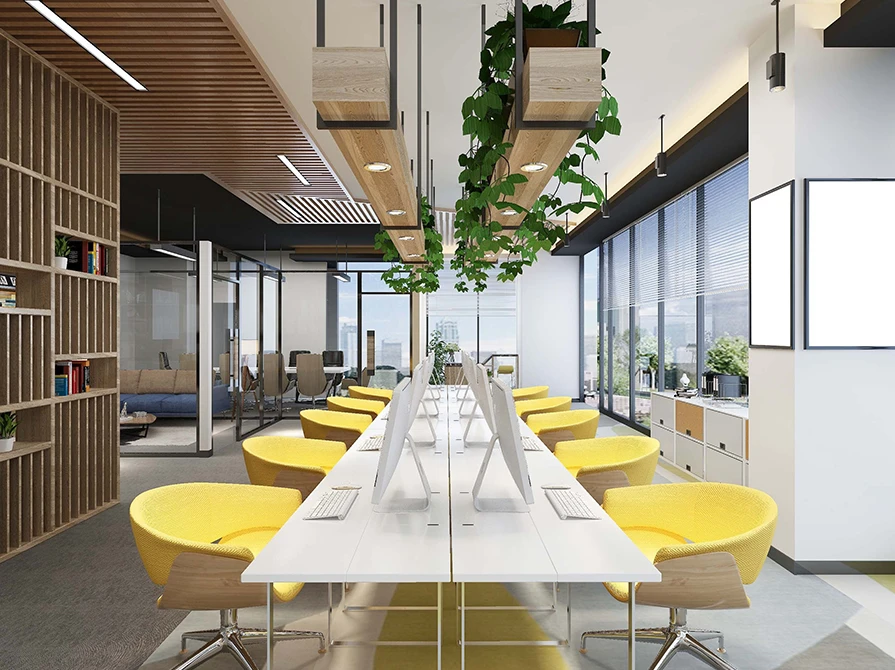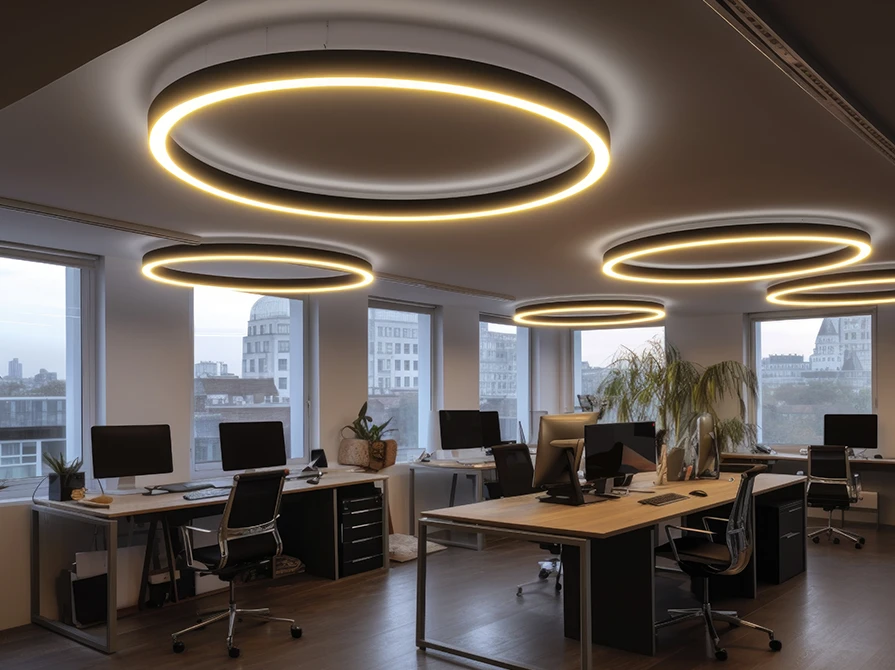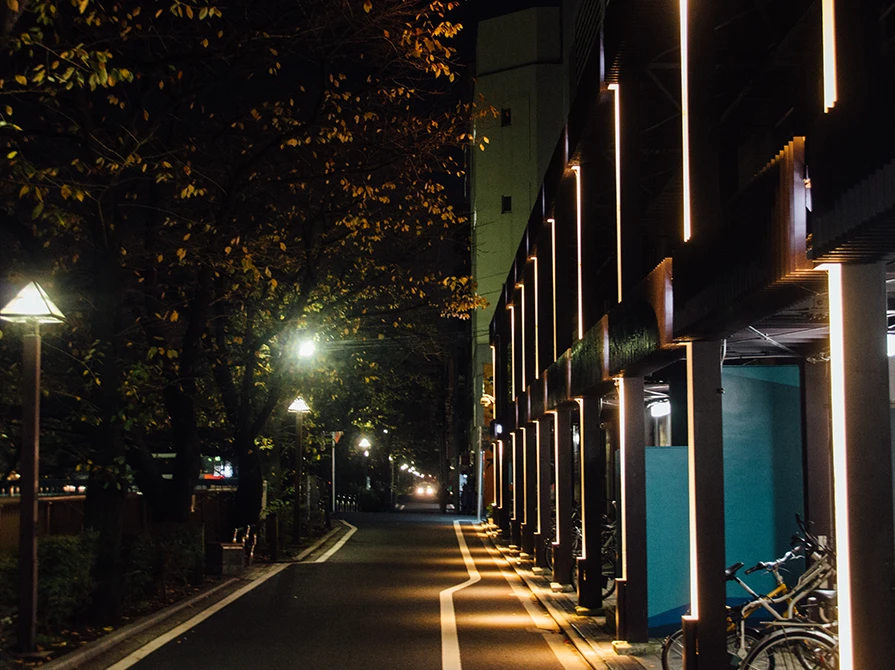


In the rapidly evolving industrial sector, the role of lighting extends far beyond mere illumination. Modern facilities are leveraging advanced lighting technologies to enhance productivity, improve safety, and drive sustainability. Cutting-edge industrial lighting solutions are transforming work environments, making them more efficient, eco-friendly, and conducive to high-performance operations. This blog delves into the innovative lighting solutions that are shaping the future of industrial facilities.
Industrial facilities face unique lighting challenges due to their large spaces, high ceilings, and diverse tasks that require varying levels of illumination. Traditional lighting systems often fall short of addressing these needs, leading to energy inefficiency, increased operational costs, and suboptimal working conditions. Advanced lighting solutions address these challenges by providing:
Benefits of LED Lighting
LED lighting has become the backbone of modern industrial lighting solutions due to its numerous advantages over traditional lighting technologies. Key benefits include:
Smart LED lighting systems integrate sensors, wireless connectivity, and automated controls to optimize lighting performance. These systems can adjust brightness based on occupancy, daylight availability, and specific task requirements. Benefits of smart LED lighting systems include:
Task Lighting
Task lighting focuses light precisely where it is needed, enhancing visibility and accuracy for specific tasks. This is particularly important in industrial settings where detailed work is performed. Benefits of task lighting include:
High bay and low bay lighting are designed for areas with high and low ceilings, respectively. These fixtures provide uniform illumination across large spaces, such as warehouses and manufacturing floors. Key features include:
Human-Centric Lighting (HCL)
Human-centric lighting (HCL) focuses on the well-being and productivity of workers by mimicking natural daylight patterns. HCL systems adjust the color temperature and intensity of light throughout the day to support the body's circadian rhythms. Benefits of HCL include:
Glare can cause discomfort and reduce visibility, leading to decreased productivity and increased accident risks. Innovative lighting solutions incorporate glare control measures, such as diffused lenses and anti-glare fixtures, to enhance visual comfort. Ensuring uniform light distribution is also crucial for maintaining consistent illumination across workspaces, preventing shadows and bright spots.
The Role of IoT in Lighting
The Industrial Internet of Things (IoT) enables the seamless integration of lighting systems with other industrial processes. IoT-connected lighting systems can collect and analyze data to optimize performance and enhance decision-making. Benefits include:
Wireless lighting controls eliminate the need for complex wiring and provide flexibility in system design and installation. These controls can be managed through mobile apps or centralized management platforms, offering convenience and scalability. Benefits include:
Energy-Efficient Lighting Strategies
Implementing energy-efficient lighting strategies is essential for reducing operational costs and environmental impact. Key strategies include:
In conclusion, cutting-edge industrial lighting solutions are revolutionizing modern facilities by enhancing visibility, improving safety, and driving sustainability. From LED technology and smart controls to human-centric lighting and IoT integration, these innovations provide tangible benefits that extend beyond illumination. By adopting advanced lighting strategies, industrial facilities can create safer, more productive, and more sustainable work environments. As technology continues to evolve, the future of industrial lighting promises even greater advancements, illuminating the path to success. Contact us to know more about how we help light up industrial environments with a wide range of innovative lighting solutions.







